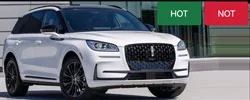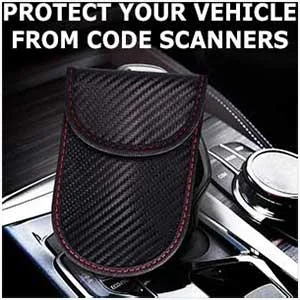I moved to the Pacific Northwest and want to take advantage of the region's national parks etc. I currently have a small city car that's (a) not very comfortable for road trips and (b) completely unsuitable for car camping and trips that require any kind of outdoor equipment.
To address (b) I'm thinking of getting an SUV with larger cargo space and higher ground clearance, and for (a) looking at more intelligent, luxury vehicles that will be more comfortable for long rides. (BlueCruise is also appealing for this but coverage in my area is not great.)
I like the Nautilus but I'm still unconvinced it's a practical choice for what I'm interested in. Will it be ridiculous camping in a brand new Lincoln surrounded by more rugged vehicles? Am I going to be paranoid about damaging my car on rough mountain roads?
To address (b) I'm thinking of getting an SUV with larger cargo space and higher ground clearance, and for (a) looking at more intelligent, luxury vehicles that will be more comfortable for long rides. (BlueCruise is also appealing for this but coverage in my area is not great.)
I like the Nautilus but I'm still unconvinced it's a practical choice for what I'm interested in. Will it be ridiculous camping in a brand new Lincoln surrounded by more rugged vehicles? Am I going to be paranoid about damaging my car on rough mountain roads?





